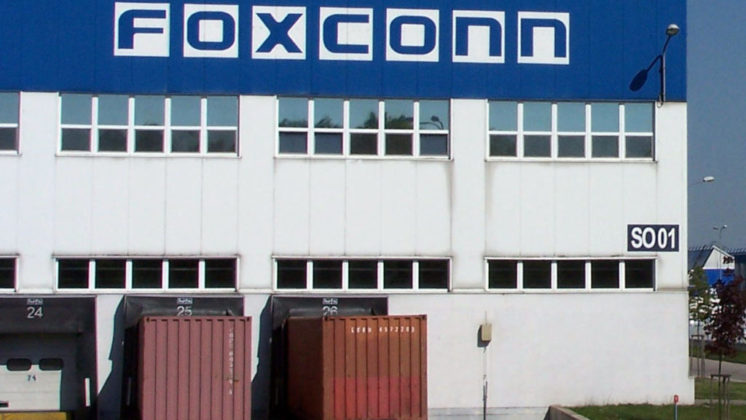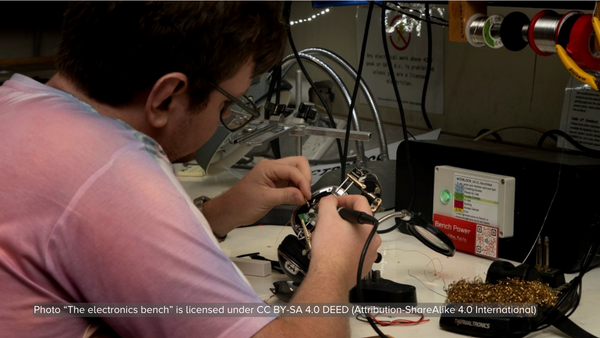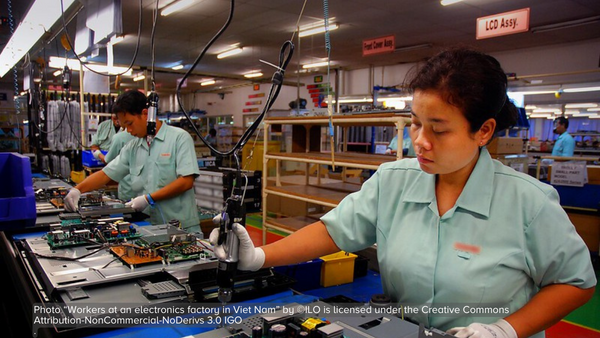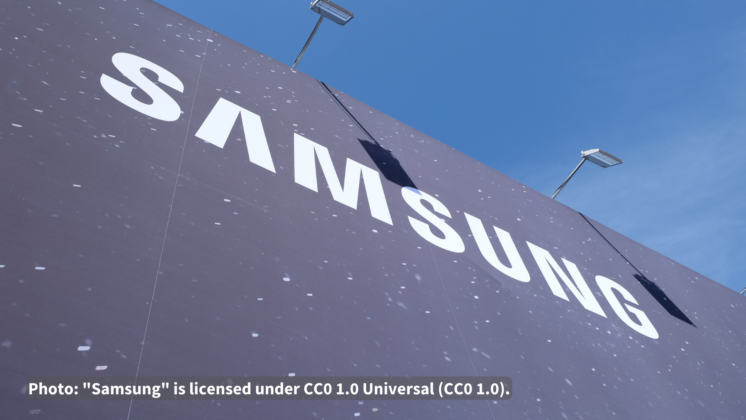LOS ANGELES — In another sign of a shake-out in the competitive flat-panel television market, Royal Philips Electronics, the Dutch consumer electronics giant, will no longer manufacture televisions for sale in the United States or Canada.
As prices for flat-panel L.C.D. TVs continue to fall, Philips has been in an unenviable position: while a well-known name, its televisions have not occupied the premium brand position l of Sony and Samsung, yet the company could not compete on the low end with commodity brands like Vizio and Westinghouse.
The decision to simply license the brand and collect royalties “allows the Philips brand to be very evident in the North American market and de-risks the profit potential,” said Paul Zeven, Philips’ North American chief executive officer. “Margins here are razor-thin; this is a win-win situation. It is part of our worldwide agenda to focus on more stable market sectors.”
Funai will be responsible for sourcing, distribution, marketing, sales and customer service for the Philips and Magnavox brands beginning Sept. 1. Philips will continue to design, manufacture, and market televisions in the rest of the world and also oversee Funai’s United States marketing.
In 2007, Philips sold $1.7 billion in television sales in North America, Mr. Zeven said. The licensing of the brand to Funai will create what Mr. Zeven said would be the third-largest television manufacturer in the United States.
Analysts agreed with Mr. Zeven’s assessment. “This is probably a good move for Philips,” said Riddhi Patel, an analyst with iSuppli, the research firm. “They’re getting out of a business where margins are really getting squeezed.”
Philips’ share of the L.C.D. business in the United States has been steadily declining. While the company was the top-selling brand in the fourth quarter of 2006, with 17 percent market share, according to iSuppli, the company dropped to sixth place one year later, with just a 6.6 percent share.
As prices decline, profits have been increasingly difficult to achieve. According to iSuppli, the average selling price for a 42-inch L.C.D. television has fallen from $2,082 one year ago to $1,544 today, a 26 percent drop. Depending on the manufacturer, the profit margin for that size set is between 9 and 16 percent.
Philips has been warning for years that it would take the necessary moves to improve its business. Earlier this year, Philips’ chief executive, Gerard Kleisterlee, was quoted as stating that the company would sell products only in those markets where margins were sufficiently high.
In an interview at this year’s Consumer Electronics Show, Mr. Zeven stated that Philips would “do less and less manufacturing” and concentrate instead on its patents.
“Philips has a great, top-tier brand in Europe, but it has been difficult for them to realize that premium positioning in the U.S.,” said Ross Rubin, director of industry analysis at NPD Group.
The company joins other competitors that have reduced their presence in the United States. In 2003 Thomson, the French company, sold its RCA television brand to TCL of China. Last month, Pioneer announced that it would no longer produce its own plasma panels, buying them from others instead.
Globally, Philips has pulled back from consumer electronics manufacturing. Most recently, the company has significantly reduced its position in LG. Philips L.C.D., a display panel manufacturer. Originally a joint venture with South Korea’s L.G., Philips has now cut its stake to 13.2 percent and the company’s name has been changed to LG Display.
Analysts said Philips gets hurt as top-tier brands like Sony introduce scores of new models to value-priced stores like Wal-Mart and dominate shelf space at other retailers.
“There has been a fairly substantial move by high-end consumer electronics manufacturers to embrace Wal-Mart,” said David A. Schick, managing director of Stifel Nicolaus and Company, a Baltimore equity research firm. “Access to Sony’s Bravia line of televisions at Wal-Mart changes the dynamics of the business.”
“There is a war for shelf space, and Philips is getting squeezed,” Mr. Rubin concurred.
In addition, Philips’ designs have appeared stodgy to consumers in the United States. While other companies have been shrinking the size of frames around the screens in order to make TVs look bigger, Philips has used its lighting expertise to create Ambilight, a technology that casts complementary light on the wall but requires thicker, not thinner bezels.
Philips’ other consumer products in the United States., including its line of DVD players, audio video equipment and accessories, health care, electric razor products and lighting, are not affected by this agreement.
The company will leave its Atlanta headquarters and consolidate employees from its remaining consumer products in its offices in Stamford, Conn. Those working in the television business may be employed by Funai, Mr. Zeven said.











